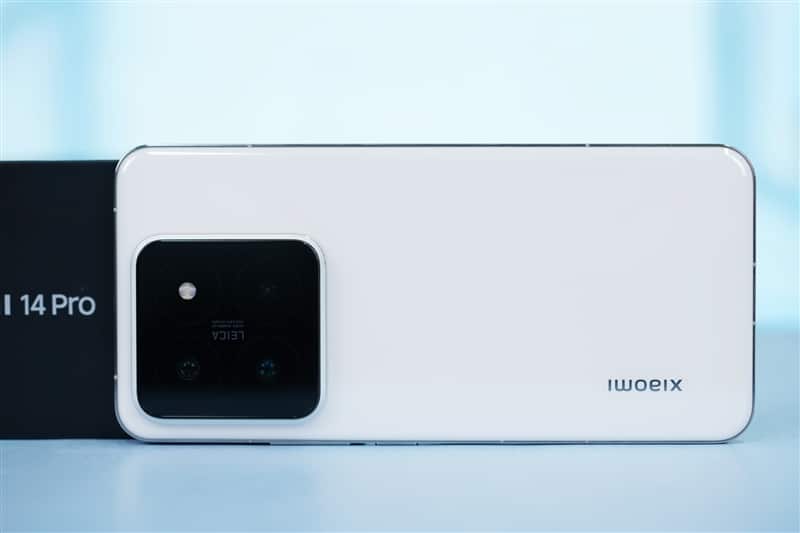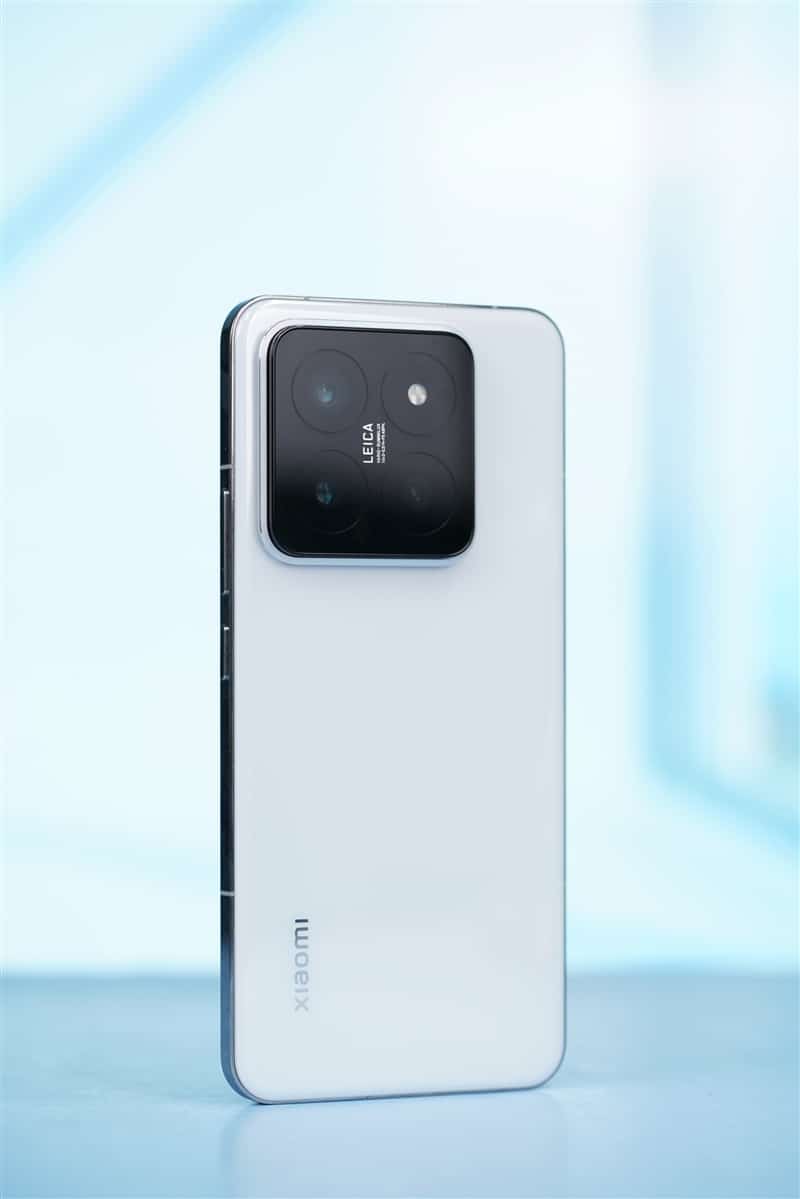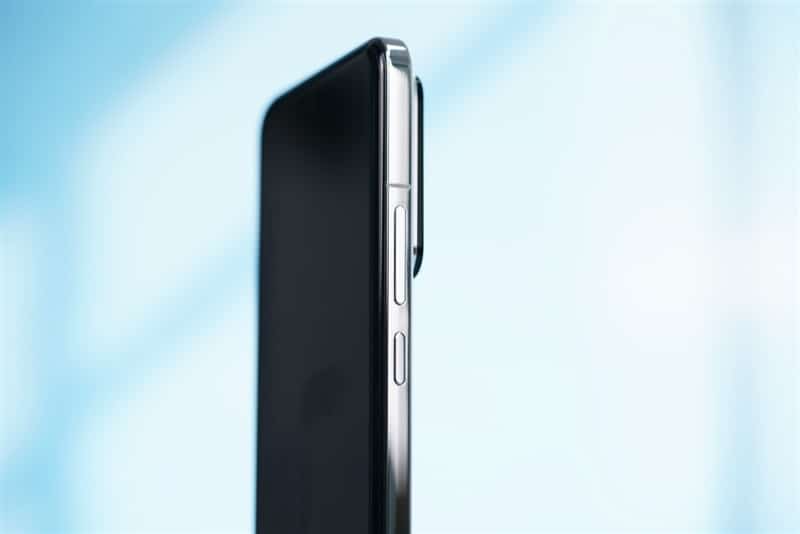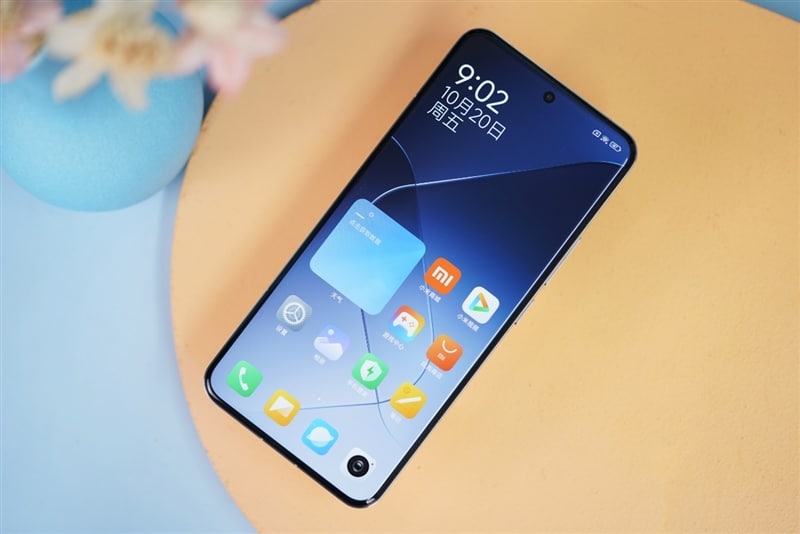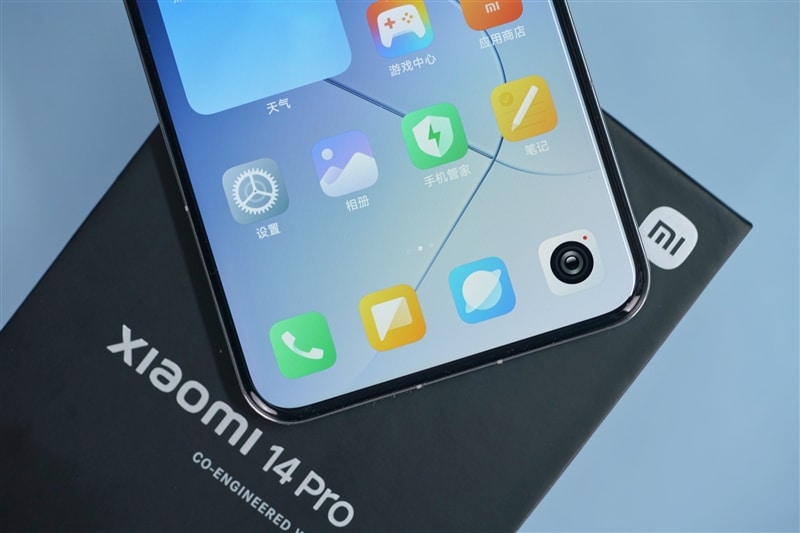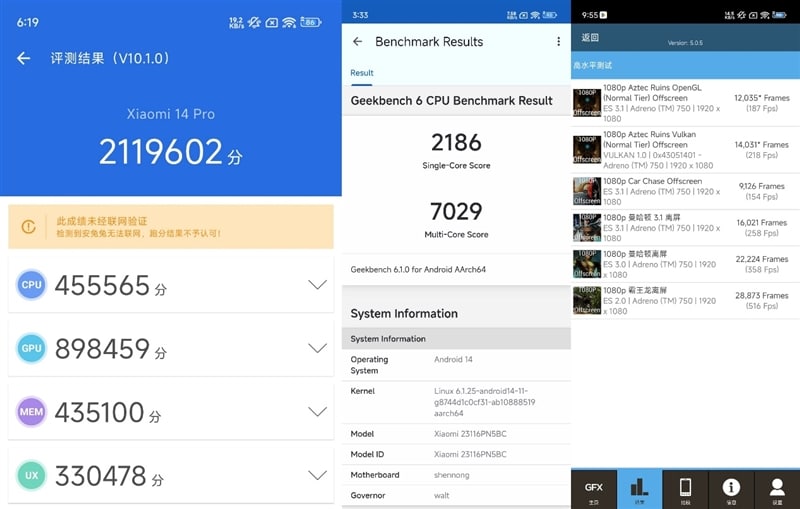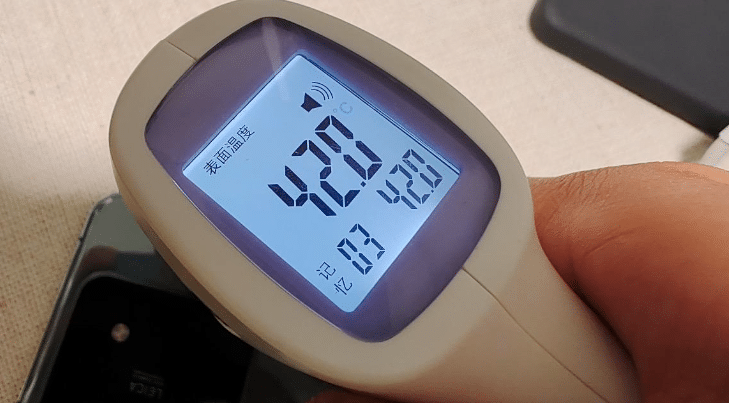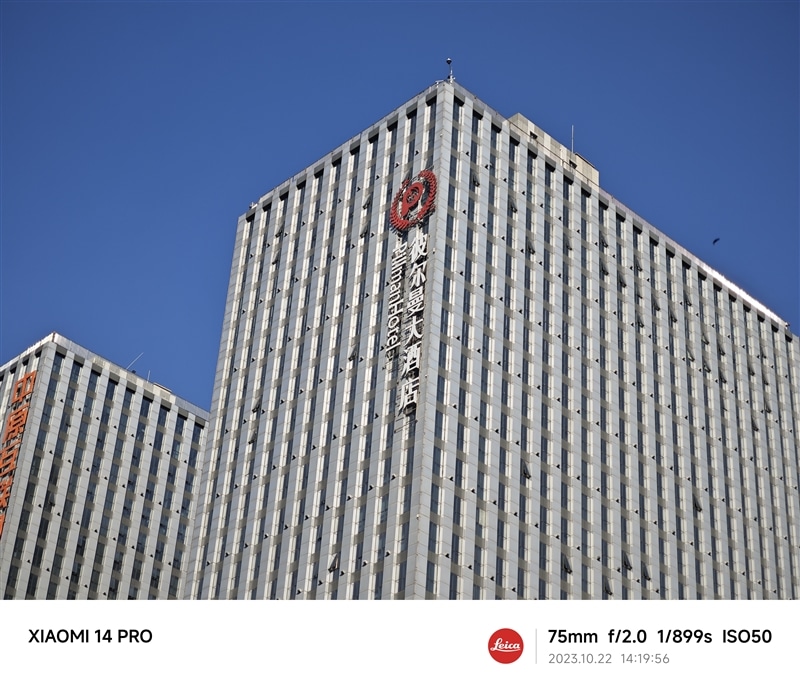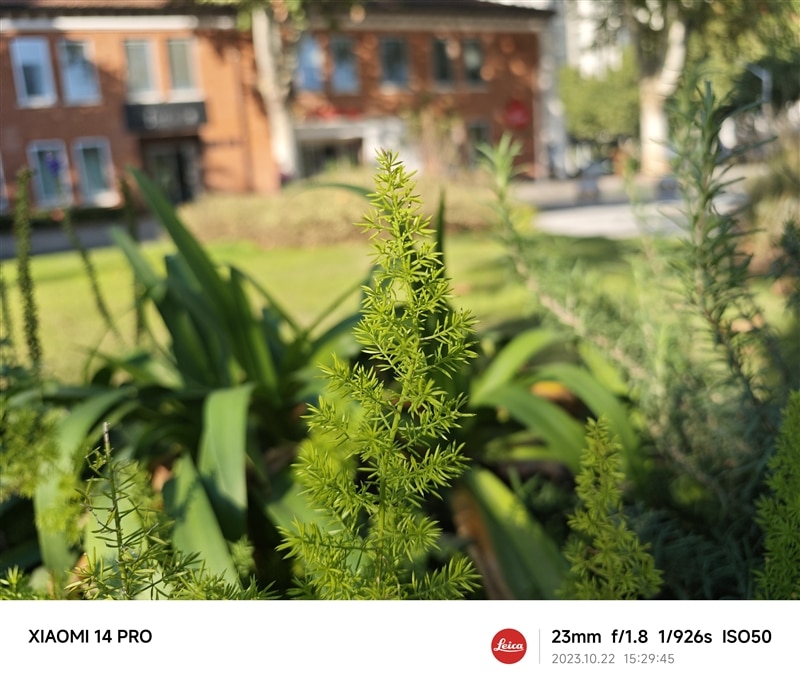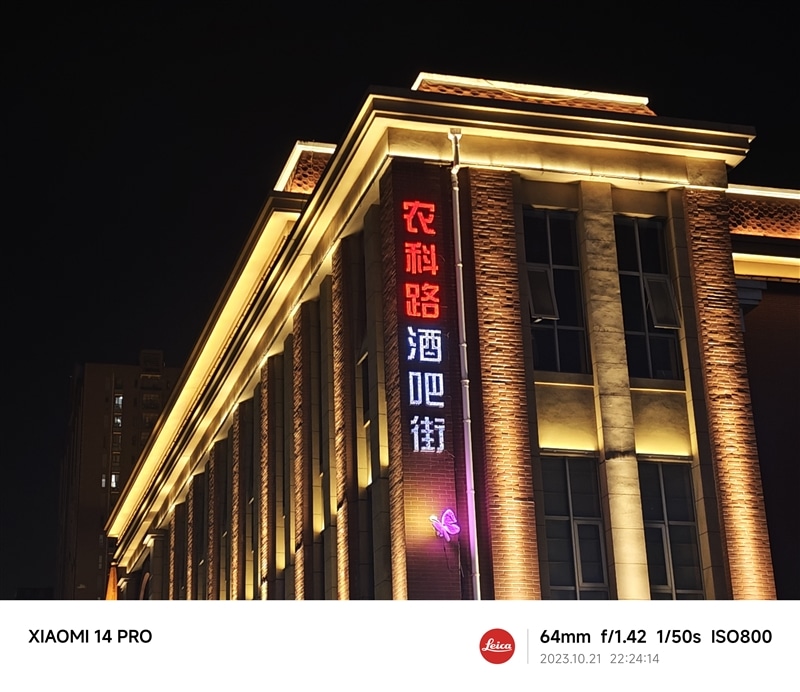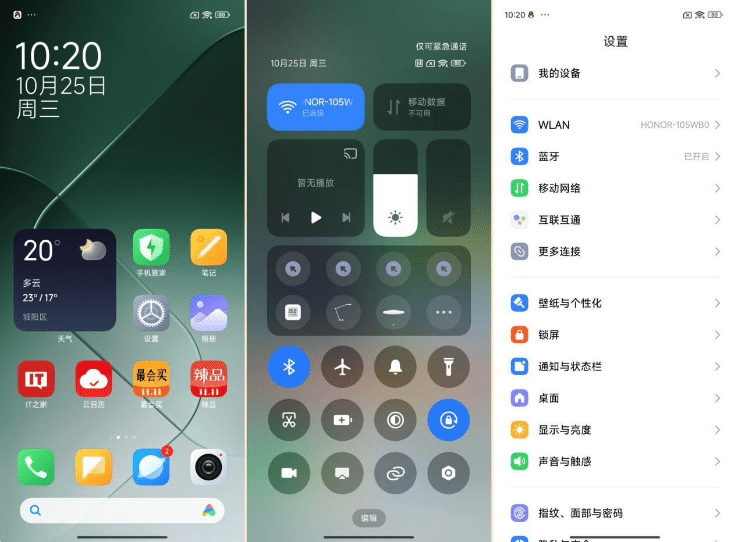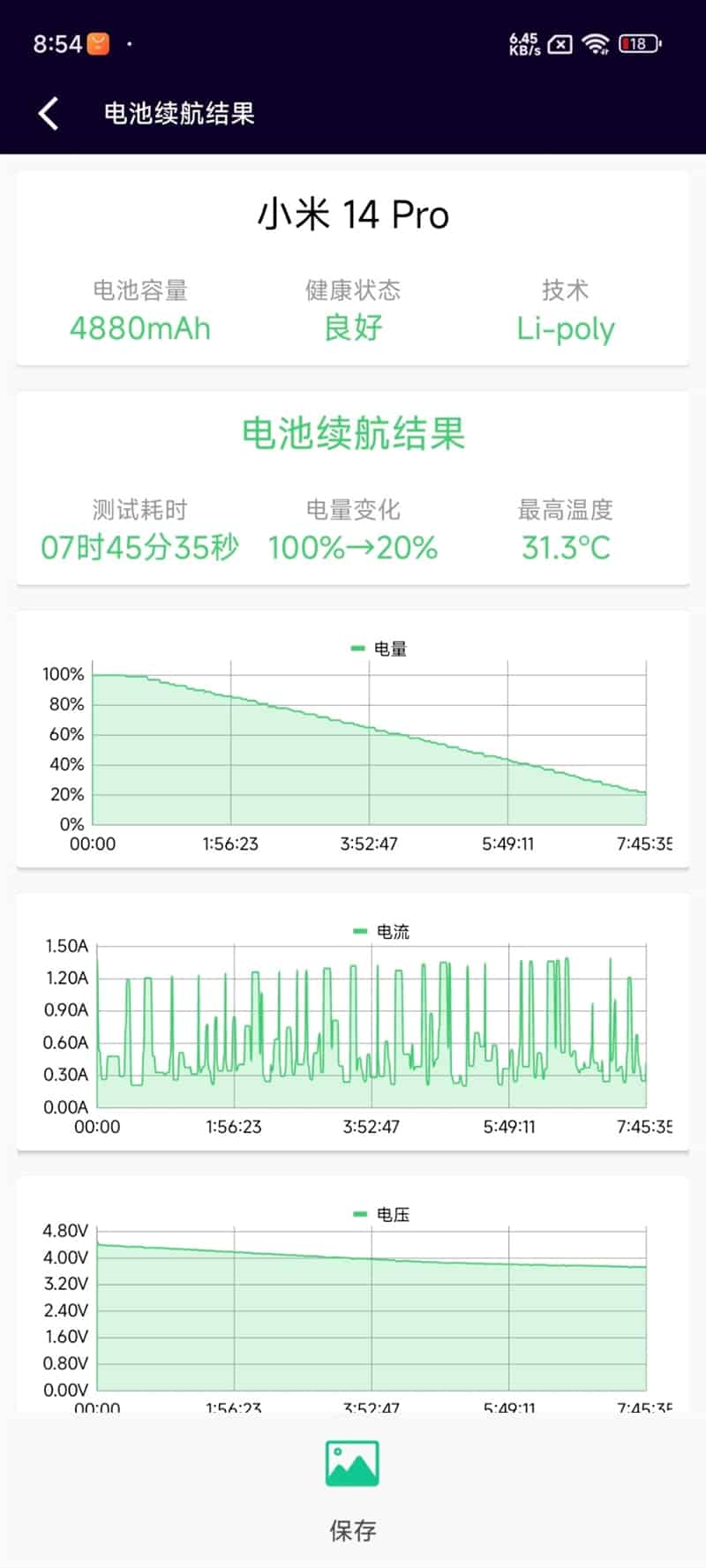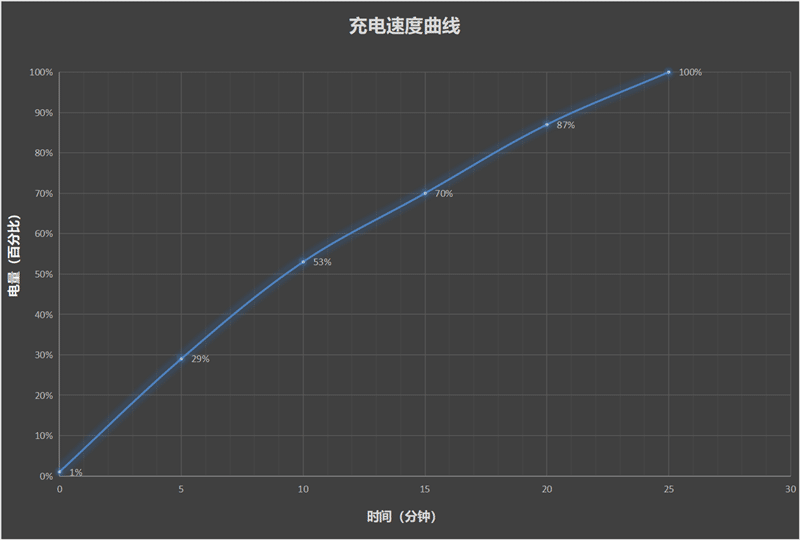Qualcomm hosted the 2023 Snapdragon Summit and officially unveiled the new generation flagship mobile platform, Snapdragon 8 Gen 3. Each year, when the Snapdragon flagship platform launches, the first model becomes a topic of fervent discussion. This year, Xiaomi once again took the spotlight by being the first to launch the Snapdragon 8 Gen 3 mobile platform. On the evening of October 26, Xiaomi conducted a press conference and introduced the new Xiaomi 14 series of mobile phones, which includes the Xiaomi 14 and Xiaomi 14 Pro. This year’s Xiaomi 14 series holds a special significance for Xiaomi, not only due to the debut of the Snapdragon 8 Gen 3 platform but also because of the new system, HyperOS, which Xiaomi has diligently developed over the past 7 years.
Now, let’s turn our attention to the higher-end Xiaomi 14 Pro within the Xiaomi 14 series. Today, we will assess whether this phone is a worthwhile purchase.
Design
This phone employs a classic black paper packaging box with a white “Xiaomi 14 Pro” logo on the front. Simultaneously, the original red Leica logo stands out prominently. The overall packaging box follows Xiaomi’s signature simple design style. Upon unboxing, our focus immediately shifts to the Xiaomi 14 Pro mobile phone. We received the rock blue color variant, characterized by its low brightness, and somewhat grayish cyan hue, exuding a soft temperament, tranquility, and an air of high-end Morandi colors.
Furthermore, the back of the Xiaomi 14 Pro features a glossy glass surface. Set against the subdued rock blue backdrop, the overall look resembles a mirror. Especially when light interacts with it, the body appears reflective, resembling high-quality silverware a truly exquisite and eye-catching feature. It’s safe to say that this product perfectly combines a sense of restraint with a touch of elegance.
Certainly, the most striking element on the back of the phone is the camera module. Xiaomi 14 Pro employs the new Leica Optical Summilux lens this time. The lens module sports a rounded rectangular design with a black glass panel. Beneath the panel, there’s a square metal ring, the top of which is adorned with Paris studs and the sides are meticulously polished, adding sophistication to the entire camera module.
The glass back panel gracefully transitions into the middle frame of the phone, following a very subtle arc. Xiaomi 14 Pro features a polished metal middle frame that visually harmonizes with the glossy glass on the back. The middle frame maintains right angles and lacks any curvature, resulting in a tough and stylish appearance.
Display and Build
Moving along the middle frame towards the front of the phone, the Xiaomi 14 Pro adopts a 6.73-inch ultra-slim four-curved screen. The screen’s edges seamlessly merge with the phone’s middle frame through a slight arc. Moreover, the screen’s borders on all sides maintain uniform width and extreme narrowness, delivering a visually striking impact when the screen is active.
In terms of physical elements, the Xiaomi 14 Pro includes a speaker opening and antenna partition at the top, a volume rocker and power button on the right side, and an absence of buttons on the left side. The SIM card slot and USB Type-C interface are located at the bottom of the device, along with the speaker openings.
Notably, the phone carries a weight of 223g, slightly on the heavier side, but it feels substantial in the hand. Although Xiaomi 14 Pro’s right-angled middle frame differs from the curvature of hyperboloid glass, there’s a certain softness to its feel that isn’t overly harsh.
Hardware and Performance
The Snapdragon 8 Gen 3 mobile platform for this year employs a 1+5+2 CPU core architecture, featuring a Cortex-X4 ultra-large core clocked at 3.3GHz and 5 Cortex-A720 performance cores. Among these large cores, 3 operate at 3.2GHz, while 2 run at 3.0GHz. Additionally, there are 2 Cortex-A520 energy-efficient cores running at 2.3GHz. The CPU’s overall performance has increased by 30%, and energy efficiency has improved by 20%. The GPU, an Adreno 750, boasts a 25% performance improvement and a 25% energy efficiency gain. This time, the Snapdragon 8 Gen 3 still utilizes TSMC’s 4nm process technology.
Benchmark
In our testing, we initiated a benchmark test on the Xiaomi 14 Pro. The AnTuTu V10.1.0 version, scored 2,092,487, with 458,145 from the CPU and 884,468 from the GPU. In GeekBench 5, it achieved 1,665 points in single-core and 6,138 points in multi-core. Regarding storage performance, the Xiaomi 14 Pro showed a sequential read speed of 3,583.0 MB/s, sequential write speed of 3,192.7 MB/s, random read speed of 1,503.0 MB/s, and random write speed of 1,065.0 MB/s.
Based on these scores, it’s clear that the Xiaomi 14 Pro offers exceptional overall performance, highlighting the Snapdragon 8 Gen 3’s robust capabilities. Next, we proceeded with a gaming test on the Xiaomi 14 Pro. Our first game was “Honor of Kings.” We set all image quality options to the highest settings and played for approximately 13 minutes. Throughout the game, Xiaomi 14 Pro consistently maintained 120fps, delivering a remarkably stable gaming experience with no lags or frame drops.
Temperature
Analyzing CPU core utilization, we observed that Snapdragon 8 Gen 3 evenly distributed the performance of its cores. All eight cores collaborated to maintain an average clock speed of around 1GHz. The Cortex-X4 ultra-large core occasionally surged to 3.2GHz before returning to a lower speed, effectively managing power consumption and heat generation. At the end of the game, Xiaomi 14 Pro’s average power consumption was measured at 3.79W, and the highest surface temperature reached 36.4°C, which is slightly warm.
Gaming
Moving on to “Genshin Impact,” we set the game quality to “Extremely High” and capped the frame rate at 60. During a 30-minute gaming session, including 10 minutes of exploration and 20 minutes of intense action, the Xiaomi 14 Pro maintained an average frame rate of 59.82 fps. The gameplay experience remained silky smooth, with virtually no frame drops.
In terms of CPU core utilization, Snapdragon 8 Gen 3 predominantly relied on the Cortex-A720 performance cores, maintaining an overall clock speed of 1.48GHz, while the Cortex-X4 maintained an output level of 1.05GHz. It’s evident that Snapdragon 8 Gen 3 has untapped performance potential. Regarding power consumption, Xiaomi 14 Pro’s average power consumption while running “Genshin Impact” was 4.93W, and the maximum body temperature reached 42.0°C. The device effectively controlled both power consumption and temperature. Our tests indicate that as TSMC’s 4nm process matures, the performance and energy efficiency of the Snapdragon 8 Gen 3 remain impressive. Xiaomi 14 Pro, as the first model on this platform, showcases outstanding performance, leaving no room for concern.
Cameras
The Xiaomi 14 Pro features the new Leica Optical Summilux lens, the “Light and Shadow Hunter” image sensor with ultra-high dynamic range, and a large 1/1.31-inch photosensitive area. It boasts 1.2μm single pixels, which can integrate into 2.4μm large pixels, and offers native single-frame high dynamic capabilities, up to 13.5EV, enabling full-temporal, full-scene moment capture. It is equipped with a 50-megapixel main camera, a Leica 75mm floating telephoto lens, and a 50-megapixel Leica ultra-wide-angle lens.
In ample daylight, using Xiaomi 14 Pro’s built-in Leica Vivid mode results in bright, clear, and sharp photos. The sky appears bluer than the naked eye, and the overall style of the picture is slightly colder. When zooming in on architectural details, the distant rooftop clock remains clear with visible numbers. The wall tile’s basic texture is intact, though the details appear somewhat smudged.
The Xiaomi 14 Pro camera offers 2× and 3.2× zoom options in standard mode. The 2× zoom mode produces a clear 12-megapixel photo with no pixel cropping evident. Switching to 3.2× zoom maintains clarity and richness in details. Xiaomi 14 Pro supports Leica classic mode, resulting in softer images with fewer algorithmic interventions and more realistic sky colors. The light and shadow relationships in the pictures are more pronounced, adding depth and storytelling.
In high-contrast lighting conditions, the Xiaomi 14 Pro’s photo of a dim corridor appears brighter without dark areas showing noise. Outdoor highlights are slightly overexposed but look natural, with good highlight suppression, showcasing the device’s dynamic range. The phone also features a 12-megapixel ultra-wide-angle lens. Wide-angle and ultra-wide-angle photos exhibit similar styles, with the latter offering a significantly larger field of view without distortion.
Macro
Super macro shooting captures fine details, as demonstrated in a photo of foxtail grass. The grass and background blur are beautifully rendered. For portrait mode, Xiaomi 14 Pro’s 75mm floating telephoto lens enables a focus range of 10cm-∞. It offers “optical” portrait shooting and a classic 75mm focal length for close-ups. The standard focal length produces natural-looking portraits with depth, while the 75mm focal length offers a shallower depth of field and softer background blur.
Night Light
Even at night, the Xiaomi 14 Pro excels in photo quality with bright, clear, and sharp images. Zooming in reveals clear text and excellent dynamic range performance. In complex lighting scenes with various sources, the Xiaomi 14 Pro excels in dynamic range and white balance control, ensuring natural colors and no color casts.
OS
Xiaomi introduced the Snapdragon 8 Gen 3 mobile platform this year, alongside the new Thermal OS in their Xiaomi 14 series. HyperOS, a people-centered operating system for various ecosystems including individuals, vehicles, and families, is a key innovation. This OS is a fusion of an advanced Android and their self-developed Vela system, entirely revamping the foundational architecture to support the future’s countless devices and internet connections.
On the Xiaomi 14 Pro, HyperOS maintains the style and logic of the previous MIUI in its system UI and interaction. Users will recognize the design elements in system settings, control center, notification center, and built-in app icons. Basic full-screen gestures make it easy for users to switch to HyperOS. HyperOS also ensures smooth performance on the Xiaomi 14 Pro, as we observed consistent fluidity in both system operations and third-party apps, represented by a metaphysical curve.
During our tests, some niche third-party apps couldn’t be installed successfully using APK files, as the system indicated compatibility issues.
In summary, HyperOS on the Xiaomi 14 Pro offers a stable and smooth performance without any disruptive bugs. Its true potential lies in seamless integration with Xiaomi’s extensive IoT ecosystem, warranting a more comprehensive evaluation in the future.
Charging and Battery Life
Xiaomi 14 Pro boasts a 4880mAh battery for enduring power. While the battery’s capacity may not grab your attention, it heavily relies on Xiaomi’s skillful optimization for remarkable performance. During our testing, We examined this phone’s battery life over a 2-hour period.
In the battery life test, our editor activated Wi-Fi and Bluetooth, set the screen brightness and system volume to 50%, and conducted the entire process within a Wi-Fi environment with the initial battery level at 100%. Here’s what happened:
- We initiated a 30-minute session of “Peace Elite” at the highest image quality, which consumed 1% of the battery.
- Next, we indulged in a 45-minute binge of 1080P high-bit-rate videos on “Bilibili,” which used up 3% of the battery.
- A 15-minute break was spent watching short videos on Douyin, which chipped away another 3% of the battery.
Finally, we explored Weibo for 15 minutes, after which the battery was noticeably depleted.
After this 2-hour test, the Xiaomi 14 Pro devoured 11% of its power. Overall, the Xiaomi 14 Pro exceeded our battery life expectations.
In terms of charging, the Xiaomi 14 Pro comes equipped with a 120W gallium nitride charger as standard. Thanks to super-fast charging support, the battery can be fully charged from 0 to 100% in a mere 19 minutes.
Read Also: Xiaomi 14 Pro Spotted on Geekbench with 16GB RAM
Conclusion
Xiaomi 14 Pro stands out as the flagship new phone featuring the first Snapdragon 8 Gen 3 after undergoing thorough testing and gaining valuable experience. Its standout features include the cutting-edge Snapdragon 8 Gen 3 platform, outstanding imaging capabilities, a top-quality screen, and impeccable craftsmanship. It is a fully-equipped flagship product, ready to meet consumer needs.
The introduction of HyperOS marks the dawn of a new era for Xiaomi, with Xiaomi 14 Pro leading the way. This mobile phone will bring users closer to the Xiaomi mobile ecosystem and IoT products, fostering seamless connections between individuals, automobiles, and smart homes.
Regarding purchasing recommendations, loyal Xiaomi ecosystem users with multiple Xiaomi products at home will find the Xiaomi 14 Pro a worthwhile investment. Even if you’re not a Xiaomi enthusiast but are considering upgrading to a flagship phone, the Xiaomi 14 Pro is a strong contender. However, it’s essential to note that Xiaomi 14 Pro is just the first product featuring the Snapdragon 8 Gen 3 platform. If you’re not in a hurry to upgrade, you can wait for subsequent products with this platform.

